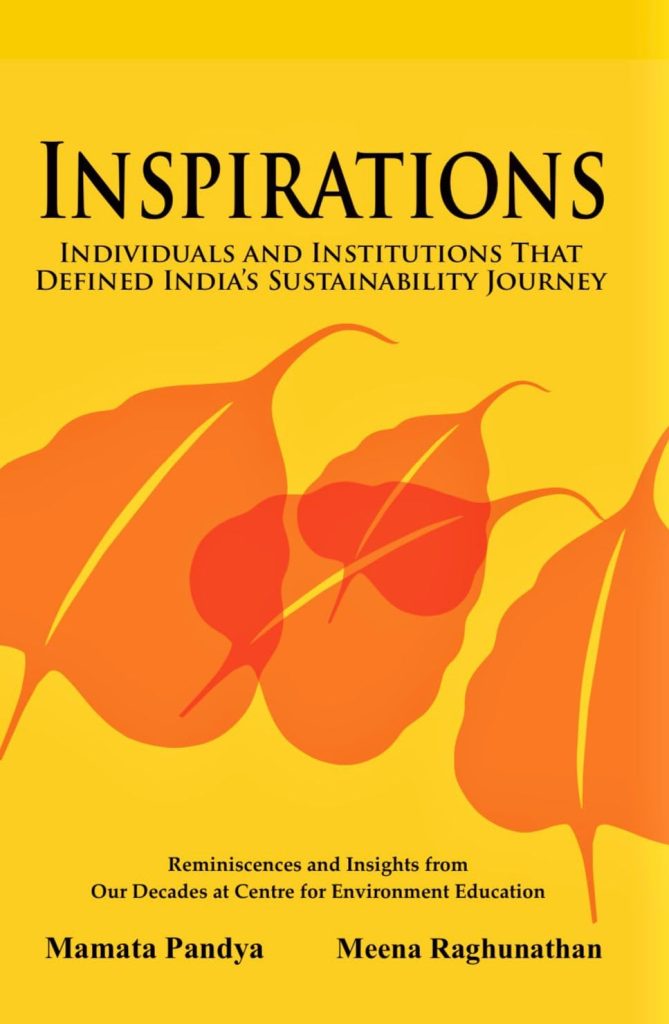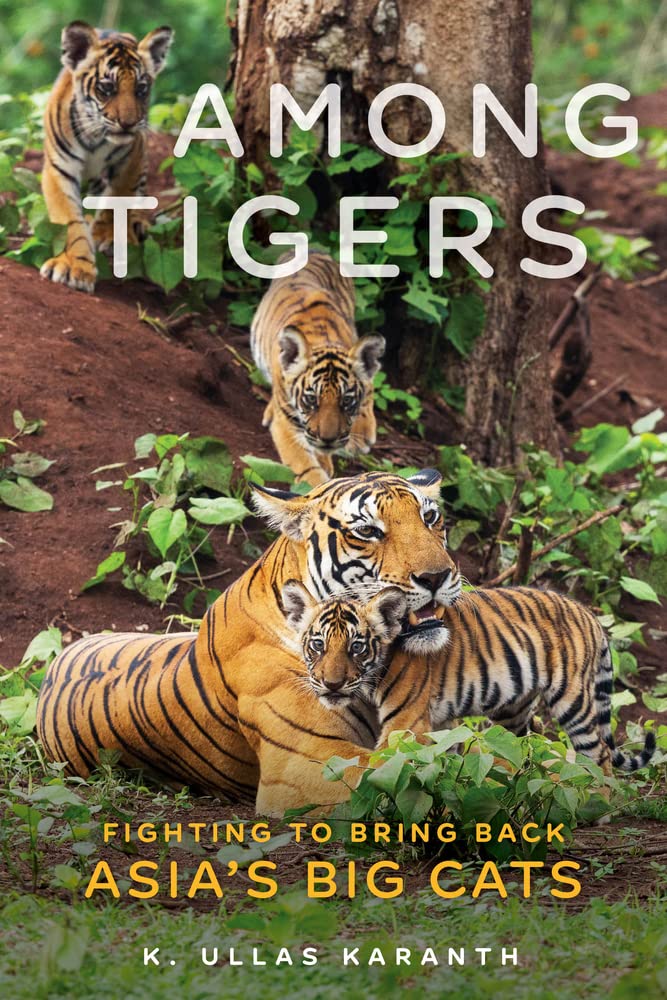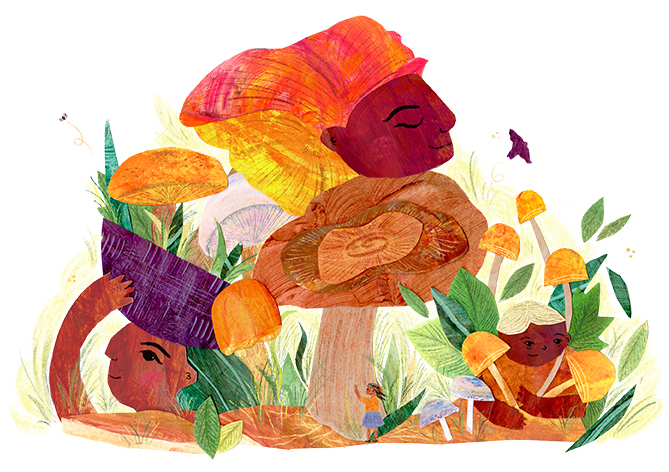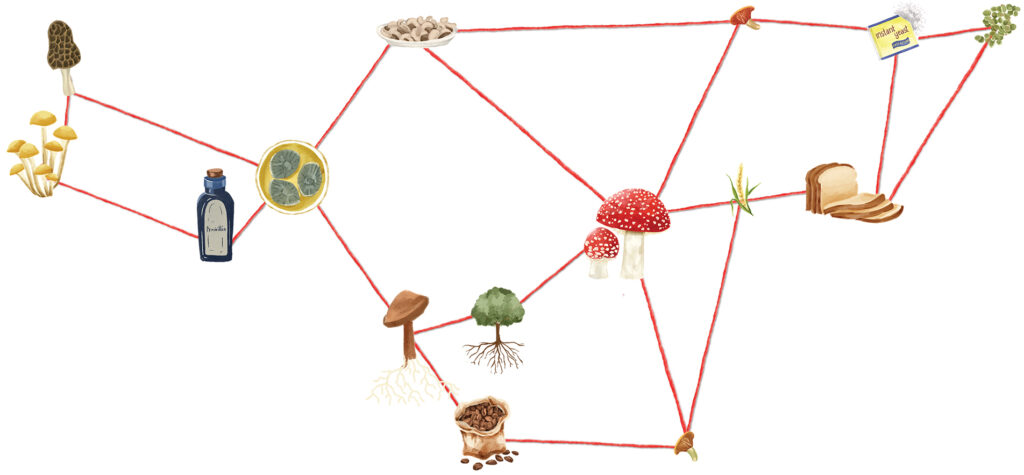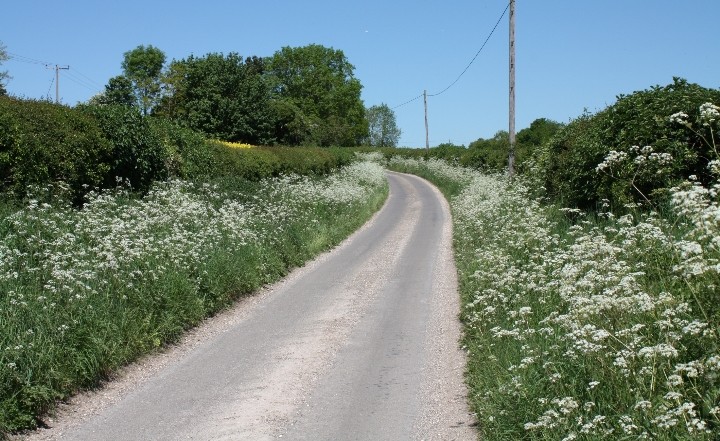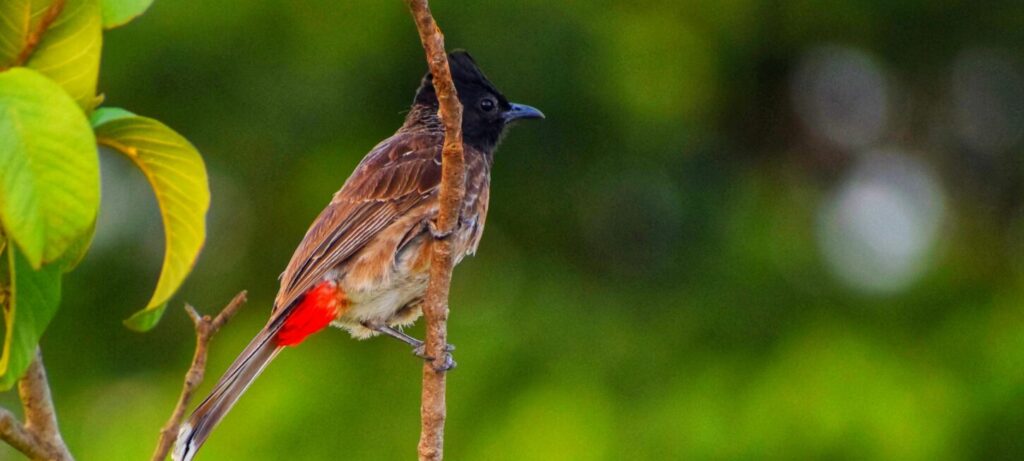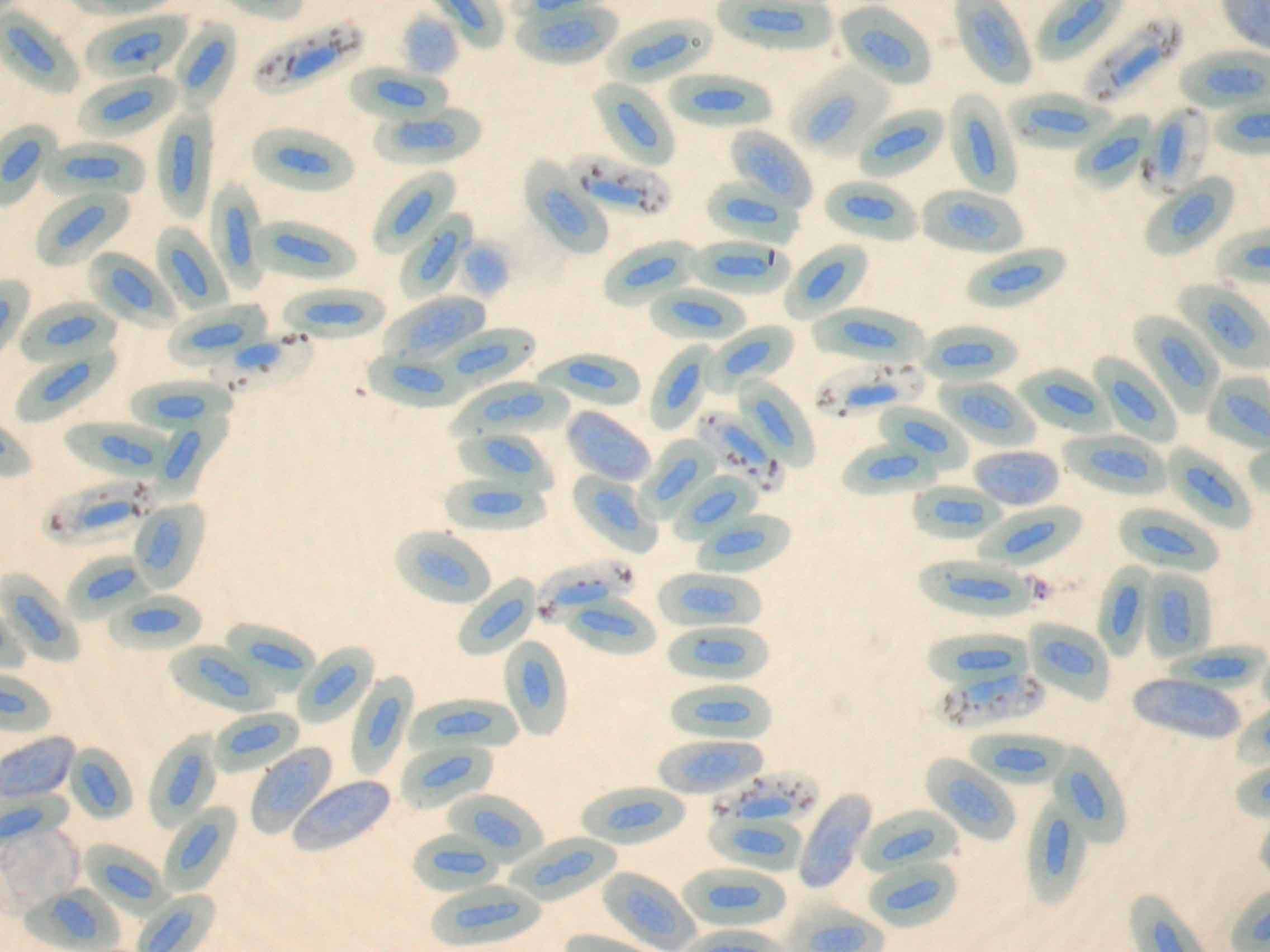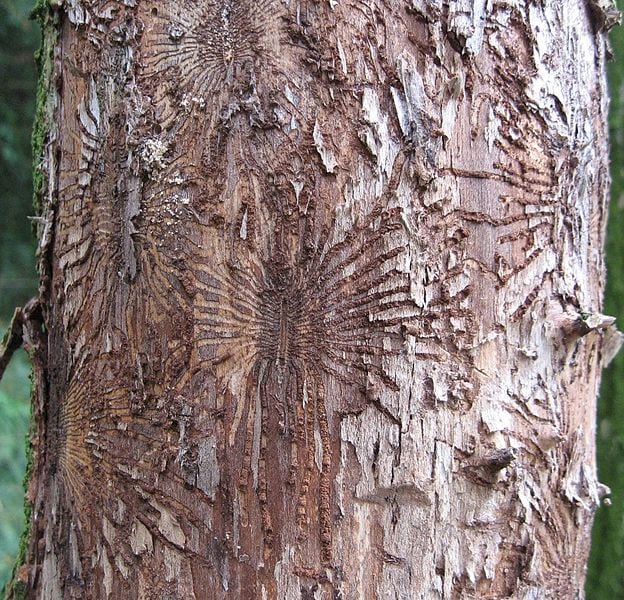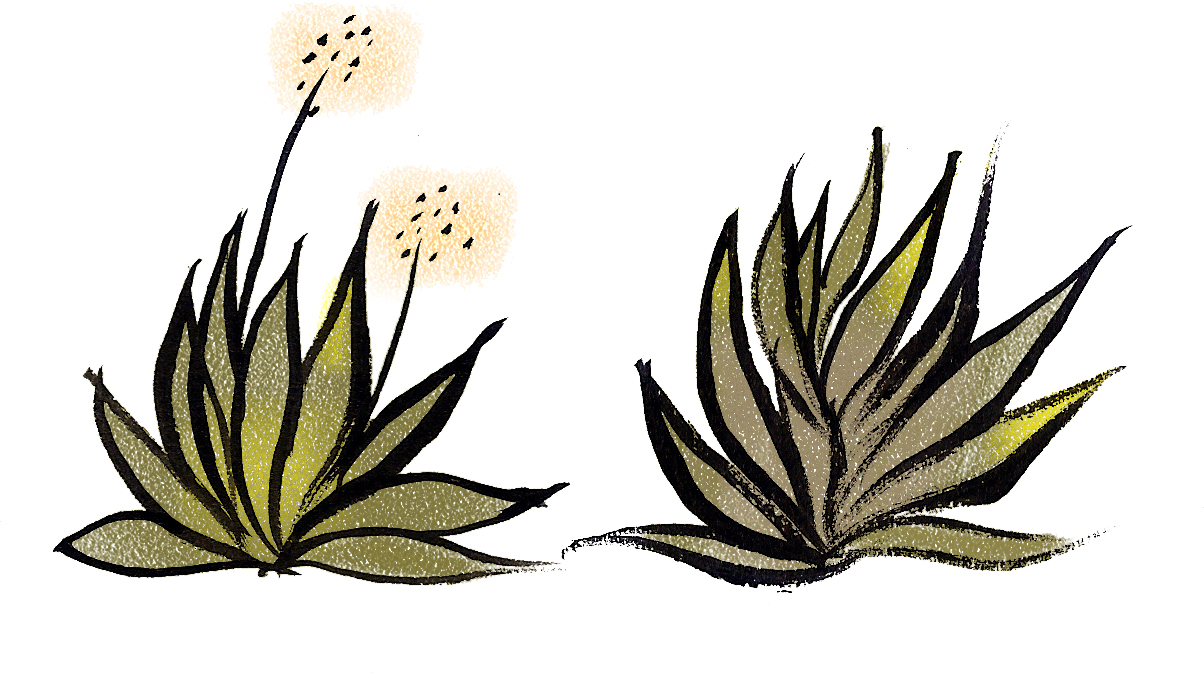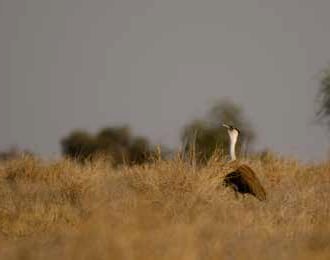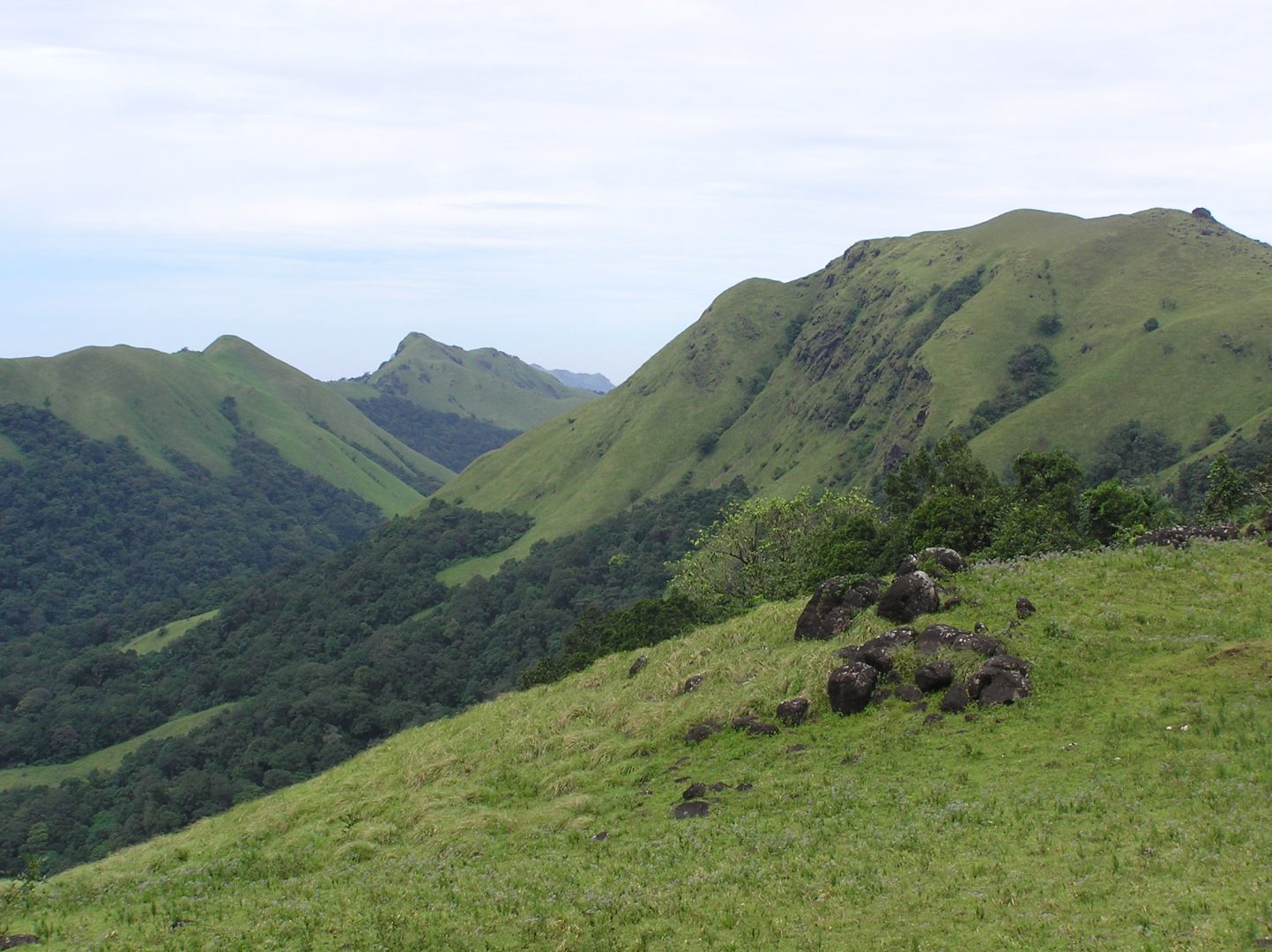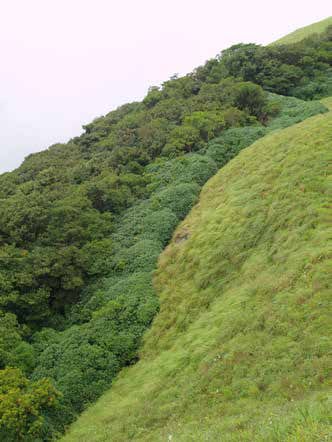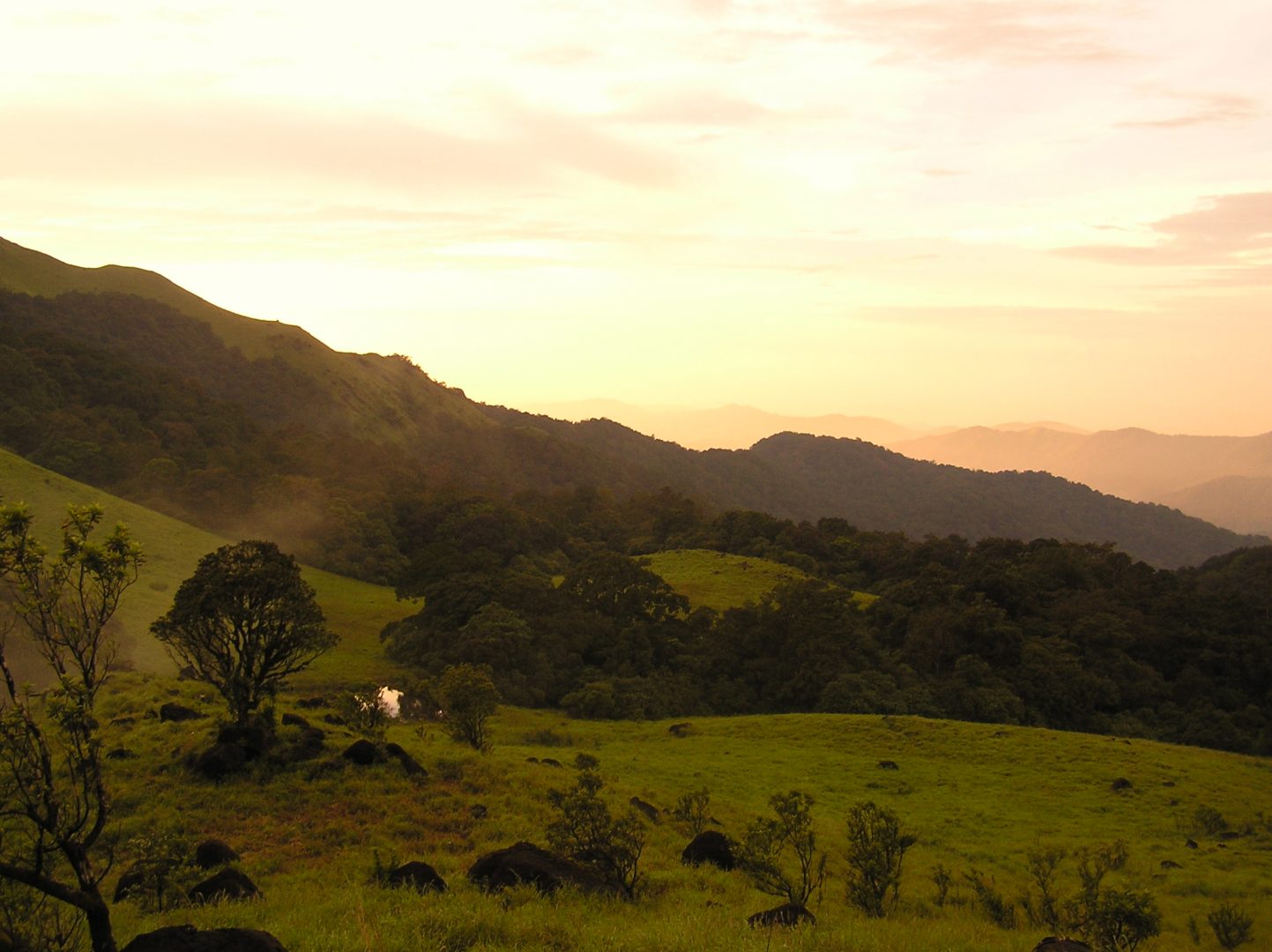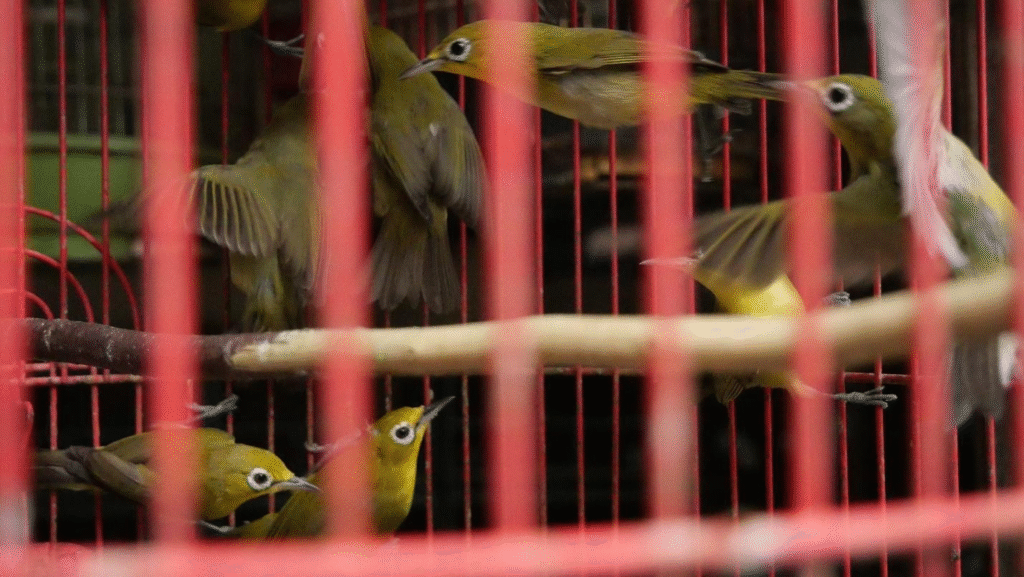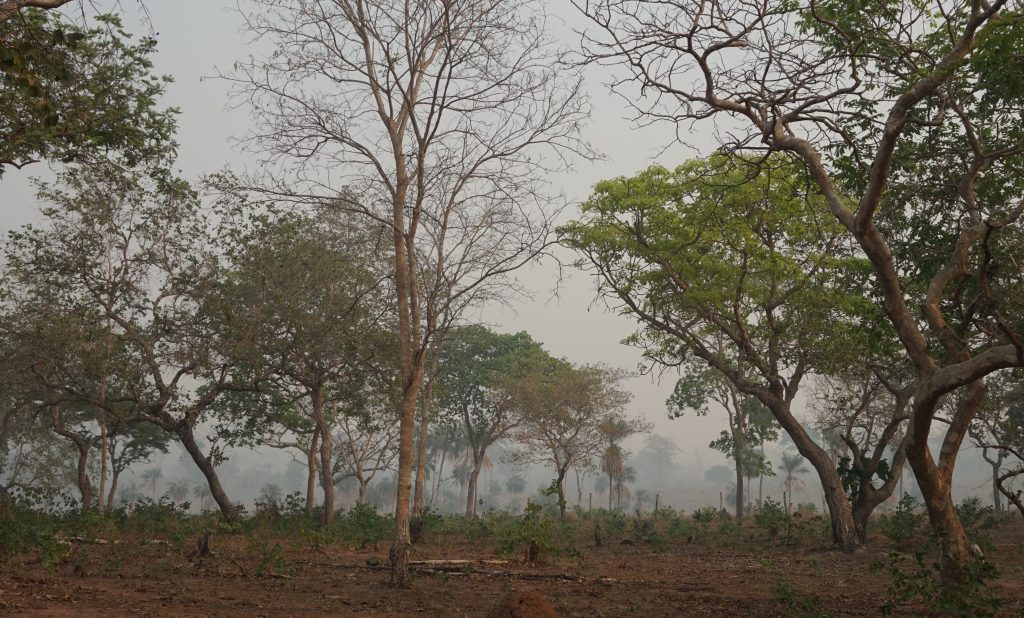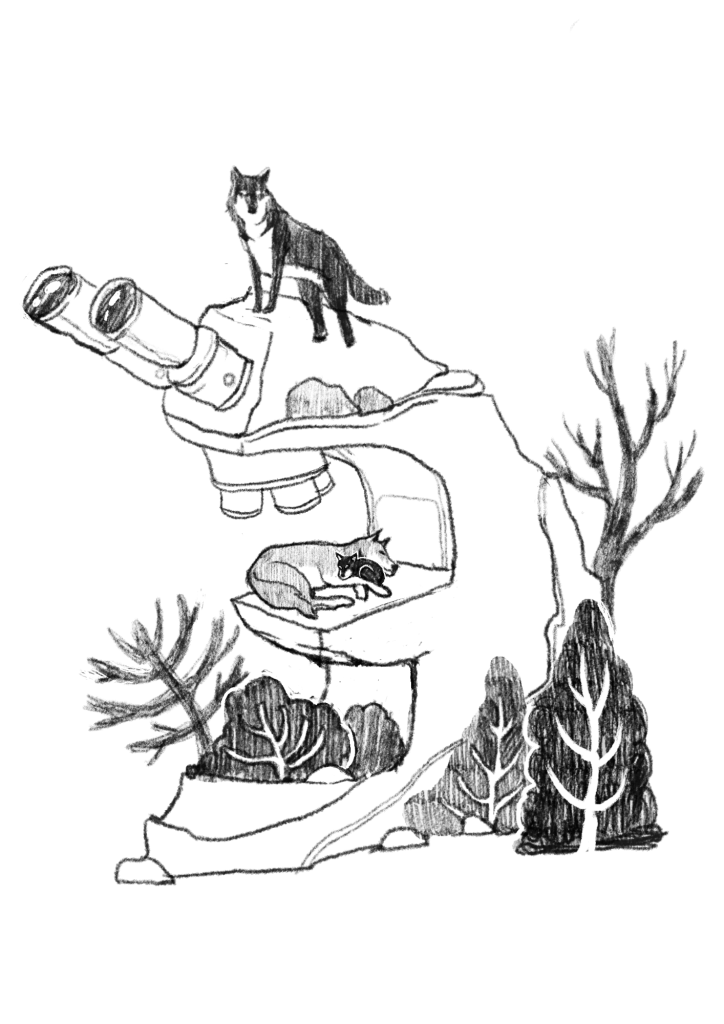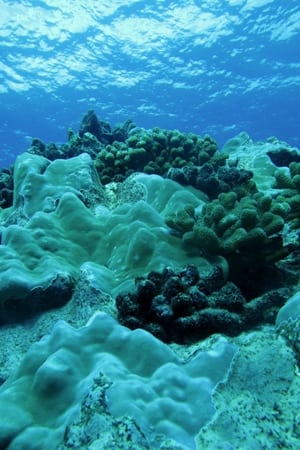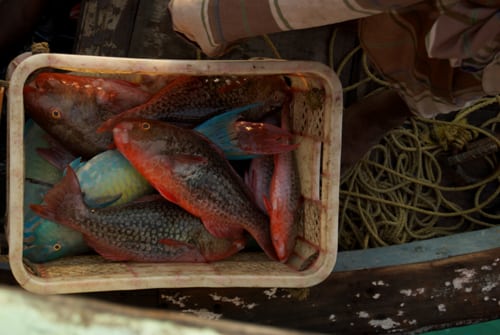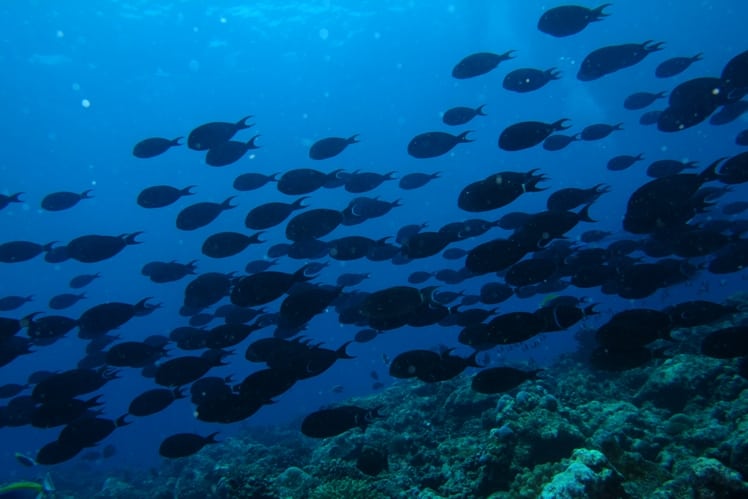Marine mammals are a diverse and widely distributed group of animals that includes the biggest animal to ever exist (blue whales can be up to 30 metres long), the world-record breath holder (beaked whales can stay underwater for over 2 hours), and some fearsome predators (e.g., polar bears, killer whales, leopard seals). Marine mammals are found from the tropics to the poles and from estuaries to the deep ocean. The roughly 125 different species of marine mammals come from three Orders of mammals (Cetaceans, Sirenians and Carnivores) and each has different habitat requirements, prey preferences, and distributions. Our understanding of the role these animals play in their ecosystems and how the ocean influences their distribution and behaviour is hindered by the very environment in which they live. For instance, while pinnipeds (seals and sea lions) are amphibious and give birth and nurse their pups on land, the cetaceans (whales and dolphins) only come to the surface to breathe and spend over 95% of the time underwater. This can make studying these animals, their environment and the potential impacts of human activities on them (e.g., whaling, fishing, climate change) difficult. To overcome these challenges, a suite of new tools has been developed to better understand the role of animals in their environment and how this information can be used in the conservation and management of marine mammal populations. Here we will focus on threats to, and tools for studying, whales and dolphins.
THREATS
When most people think of threats to marine mammals, they likely harken back to commercial whaling. From as early as the 1600s up until late in the 21st century, large whales were the targets of whalers for their baleen (sometimes called whalebone even though it is not bone, but made of keratin like our fingernails and hair) that was used in women’s corsets and for umbrellas or riding whips, their blubber that was rendered for lamp oil, industrial lubricants and margarine, and for their meat and bone that was often ground up for fertilizer and dog food but also used for human consumption. Because of the vast scale of commercial whaling, by the mid-1900s, populations of most species of large whales were nearing extinction. At present, protected by a global moratorium on commercial hunting by the International Whaling Commission, many populations of large whales seem to be recovering, although this is often difficult to accurately assess.
For populations that are not increasing, other human activities have been implicated in hindering recovery. For instance, ship strikes are one of the key reasons the North Atlantic right whale remains highly endangered. Interactions between humpback, blue and fin whales and commercial cargo and cruise ships are on the rise in the northeast Pacific and the northern Indian Ocean in part because shipping lanes and productive feeding grounds of these species coincidentally overlap. Perhaps the greatest threat to small whales and dolphins today is the accidental entanglement of these animals in fishing gear; as many as 1000 animals per day are caught in nets and on longline gear where they drown because they are unable to surface to breathe. Large whales can usually break free of nets but may end up towing heavy gear or having lines trapped in their baleen, impeding feeding.

Human activities in the ocean, such as commercial shipping and oil and gas exploration, often create a great deal of sound, which can sometimes be harmful to whales and dolphins. Cetaceans rely on their hearing more than any other sense to communicate, navigate and find food, so increases in ambient noise from human sources may interfere with these vital activities or even cause physical harm. Just like a loud party or music concert reduces the distance over which you can effectively communicate with a friend, elevated ambient noise can severely reduce the “communication space” of whales trying to convey information to other whales that are hundreds of meters to tens of kilometres away (sound travels much farther in water than in air). Noise has been shown to increase stress in large whales, and there is evidence that some sonars may even lead to strandings and death in beaked whales.
Finally, climate change may be one of the least understood but most significant threats to marine mammals. Climate change has been underway in the Arctic for the past decade, and changes to the ecosystem related to the disappearance of summer sea ice are readily apparent. The amphibious marine mammals that rely on the ice to rest, such as polar bears and walrus, are spending more time and energy swimming at sea, which impacts body condition, health, and survivorship. “Invasive” sub-Arctic cetaceans, such as humpback, fin and killer whales, are becoming more common in Arctic waters, and will undoubtedly compete with endemic species for prey. With changes in the environment come changes in human activities, and the ice-free Arctic is being increasingly used for industrial activities, like oil and gas production, commercial shipping and eventually fishing. Like in other parts of the world, these human activities will have an impact on marine mammals and will ultimately change what was until only very recently one of the most pristine environments on the planet.
THE RELATIONSHIP BETWEEN SCIENCE AND CONSERVATION
Given such threats, how does one go about “saving the whales”? The anti-whaling movement of the 1970s was part of a broader public awakening to our impact on the environment and was motivated by the very direct and deliberate killing of marine mammals. Harm to cetaceans today is largely unintentional, simply the cost of doing business in the ocean. Very few fishermen wish whales and dolphins to be caught in their gear (after all, they cause costly damage or even total loss), and very few sea captains wish to hit a whale with their ship.
So how can we help, even when it is our way of life (e.g. our consumption of oil, global transportation of goods, fishing practices) that is causing harm? The best solution may be to separate human activities from marine mammals in time and space or to change marine industrial practices. But to do these, we need a fundamental understanding of the distribution, seasonal occurrence, and behaviour of marine mammals both to identify the risks posed by human activities and to propose solutions that will mitigate those risks. And that is where research and science can contribute to conservation.
Most conservation debates focus on knowledge gaps, and our role as scientists is to inform these debates with meaningful research. Often, scientists can help by answering three fundamental questions: (1) Where do animals go, (2) Why do they go there, and (3) What do they do when they are there? These questions are principally ecological because interactions between animals and their environment have a significant influence on distribution and behaviour. With answers to these questions, a variety of efforts can be employed to remove human activities from important marine mammal habitats, such as designating “areas to be avoided” for shipping traffic, moving shipping lanes around the critical habitat, closing fishing grounds during certain times of the year, or establishing marine sanctuaries. If separation in time and space is not possible, then managing activities within critical habitat may be necessary, such as reducing vessel speeds or restricting fishing practices to those deemed whale and dolphin-friendly. To obtain industry acceptance of these conservation measures, they must be supported by convincing scientific results so that all stakeholders can see that a problem really exists and that the proposed solution will truly help.
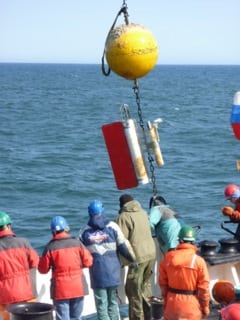
A good example of how science can help conservation is the story of how the shipping lanes approaching St John, New Brunswick, Canada were moved to help North Atlantic right whales. The Bay of Fundy is visited annually by right whales during the late summer, and their presence has been documented by scientists there for over 25 years. Research was able to demonstrate that right whales fed deep in the water column on copepods (tiny crustaceans) and that the local circulation keeps the copepods, and hence the whales, in a discrete area of the Bay. The shipping lanes approaching St John, unfortunately, travelled directly through this high-use area, but through the hard work of dedicated researchers, conservationists, the International Maritime Organisation, and Irving Oil (the major shipper using the lanes), an agreement was reached in 2003 to shift the lanes to the east. This resulted in a 9-20 kilo-metres longer trip for the ships, but the risk of a whale being struck by a ship was reduced by 90%. Although it is difficult to assess the efficacy of the change, the right whale population size was 300-350 animals in 2003 and is about 500 today, and there have been no ship strikes in the Bay of Fundy since the adoption of the new lanes. The scientific research demonstrating how and why the whales used this discrete region facilitated recognition of the problem and the development of a viable solution that all stakeholders could endorse.
TOOLS FOR RESEARCH AND CONSERVATION
Marine mammals are challenging to study because their habitat is difficult and expensive for us to access. However, there are several tools that researchers can employ to learn about these elusive creatures. One of the best ways to obtain information about distribution and abundance is via visual shipboard line-transect surveys in which observers note the locations, species and numbers of all animals seen along the ship’s track line. By incorporating correction factors to estimate how many animals were missed (due to weather conditions or each species’ surfacing behaviours), estimates of abundance of multiple species can be obtained for that region and season. When shipboard surveys also include the collection of environmental (sea surface temperature, water salinity, primary productivity) and prey data, an understanding of what cues drive the occurrence of species can be used to establish why animals are present and how they share or divide ecological niches.

While shipboard sighting data provide insight into broad scale, multi-species habitat requirements, data collected from individual animals can be equally valuable. Many cetacean species are individually identifiable due to pigment patterns under their flukes (tail) and along their sides, or from body scars or nicks in their dorsal fins. Long-term photo-identification projects in which individuals are documented in numerous instances over different spatial and temporal scales can be used to examine longevity, migratory patterns, site fidelity and determine population-level estimates of abundance. A small skin and blubber sample (biopsy) from an animal can help determine not just the identity and sex of the animal, but also information on diet (from fatty acid analysis), hormone levels (used to assess stress levels or reproductive status), and environmental pollutants can also be obtained. All of these data provide a better understanding of the environment in which animals live and can point to possible sources of stress.
Many of the visual techniques mentioned above provide information from animals at the surface, and at single points in space and time, but more detailed information on the habitat requirements of individual animals can also be obtained by using data-logging tags. These tags can be short term (lasting hours to days) or longer term (months to over a year). Short-term tags are often attached to an animal with suction cups and the data they collect are recovered after the tag has detached. Recent technological advances allow collection of depths, swim speeds and orientation of diving whales. Simultaneous collection of prey, temperature and salinity within the vicinity of the whales allow for a three-dimensional underwater portrait of the animal in its environment and can provide information on what depths and prey are being targeted. Short term tagging has been used to study the effect of man-made noise such as sonars on animals by using playbacks of sounds to tagged animals to study how these sounds change diving, swimming or vocalising behaviour.

Longer-term tags, called satellite tags, enable scientists to track animals over long time periods via satellite telemetry. This movement data can be used to determine swim speeds and migratory movements as well as habitat and home range information. When combined with environmental data from satellites, associations of cetaceans with fronts, eddies or seamounts can show how these ocean features influence marine mammal movement and distribution.
Tagging data often provides information from only one to a few animals in a population.
For population-level monitoring, listening to animals can provide a robust overview of what species are present and when. All marine mammals make sounds and these sounds are species-specific. That is, they are relatively straightforward to tell apart. The use of short and long term hydrophones (underwater microphones) has become a robust means of studying marine mammals. The advantage of recording animal sounds is that sound can travel great distances underwater thereby increasing the area over which animals can be monitored. Sounds can be recorded 24 hours a day, all year long in poor weather and light conditions, and areas too remote to feasibly monitor with other means can be studied over long time scales. Because hydrophones record all the sounds in the environment, ambient noise levels in the ocean can be monitored along with multiple species of marine mammals. Passive acoustic monitoring has been used to identify different acoustic populations of blue whales in the Indian Ocean and measure the influence of shipping on the communication space of right whales in the North Atlantic.
The tools and methods used to study marine mammals should be dictated by the research and conservation questions that need to be answered and the resources available to do so (from funding to ship time). Where very little is known about the community composition within a country’s exclusive economic zone, a series of shipboard based visual surveys might be the best way to obtain baseline information on the geographic and seasonal abundance of multiple species. A researcher looks through “big eye” binoculars on a largescale survey for marine mammals. Data collected from such surveys can be used to estimate population sizes and determine habitat partitioning for different species. The tools and methods used to study marine mammals should be dictated by the research and conservation questions that need to be answered and the resources available to do so (from funding to ship time). Where very little is known about the community composition within a country’s exclusive economic zone, a series of shipboard based visual surveys might be the best way to obtain baseline information on the geographic and seasonal abundance of multiple species. These data can be used to identify critical habitat and conservation needs. Repeated surveys over time can indicate changes in populations that may be linked to environmental or management changes. Passive acoustic monitoring can also be a helpful tool for understanding the seasonal occurrence of animals and identifying the presence of previously undocumented species, assuming their calls have been documented. From here, finer-scale studies can be undertaken to answer conservation questions about region- or species-specific issues. Whatever the scale, coordination amongst researchers, resource and/or expertise sharing and technology transfer are critical to a successful marine mammal conservation program.
A WAY FORWARD IN THE INDIAN OCEAN

The Indian Ocean contains arguably the highest diversity of cetaceans in the world’s oceans, yet research in this region has been extremely limited. Oceanic waters are difficult to access for marine mammal scientists from neighbouring countries because large vessels from which research can be conducted are prohibitively expensive to charter. There are opportunities, however, to partner with the oceanographic community, the members of which routinely conduct marine research on large state-run vessels. Increased training for regional scientists and students is critical to building capacity in marine mammal research in order to take advantage of these excellent survey platforms. An Antarctic petrel investigating a biopsy dart with a skin and blubber sample in it. These samples can be used to determine the population identity, sex, and diet of the animal from which the sample is taken. The samples taken are about the size of a pencil eraser. We recently participated in a pilot cruise aboard the US research vessel Roger Revelle to the oceanic waters of the Bay of Bengal during November and December 2013 to train Indian and Sri Lankan scientists on marine mammal survey methodology. Training included the use of both deck-mounted “big-eye” 25X150 binoculars and Wincruz marine mammal survey software, as well as rigorous species identification during daytime survey activities and evening at-sea classroom instruction. In total, 52 sightings of 12 different species were recorded, which allowed trainees ample opportunity to practice their new species identification skills. We have plans to continue these training surveys aboard Indian oceanographic vessels that conduct research in the Bay of Bengal and hope that by doing so, marine mammal expertise and research opportunities will expand in the region.
Photographs: Kathleen M Stafford, Mark F Baumgartner






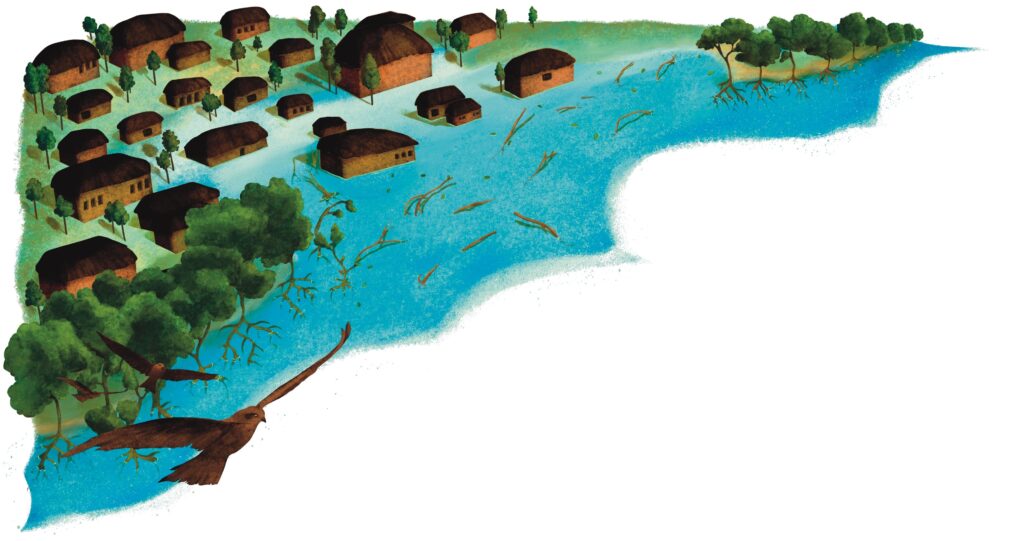












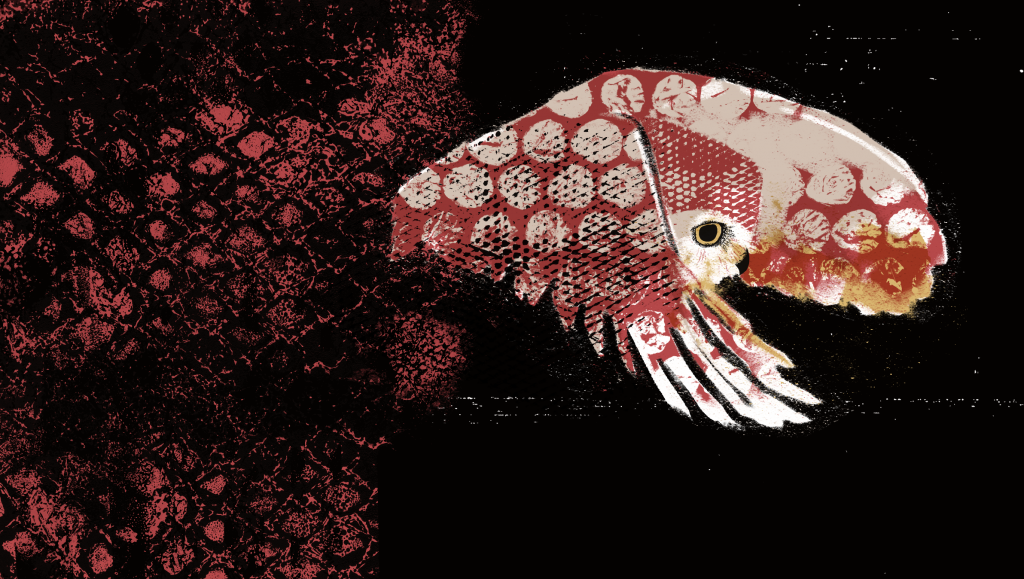

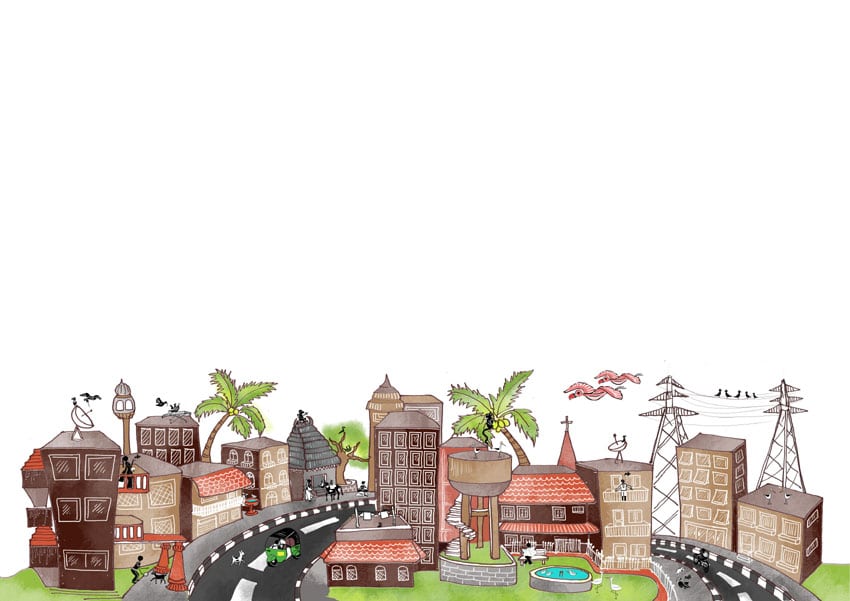
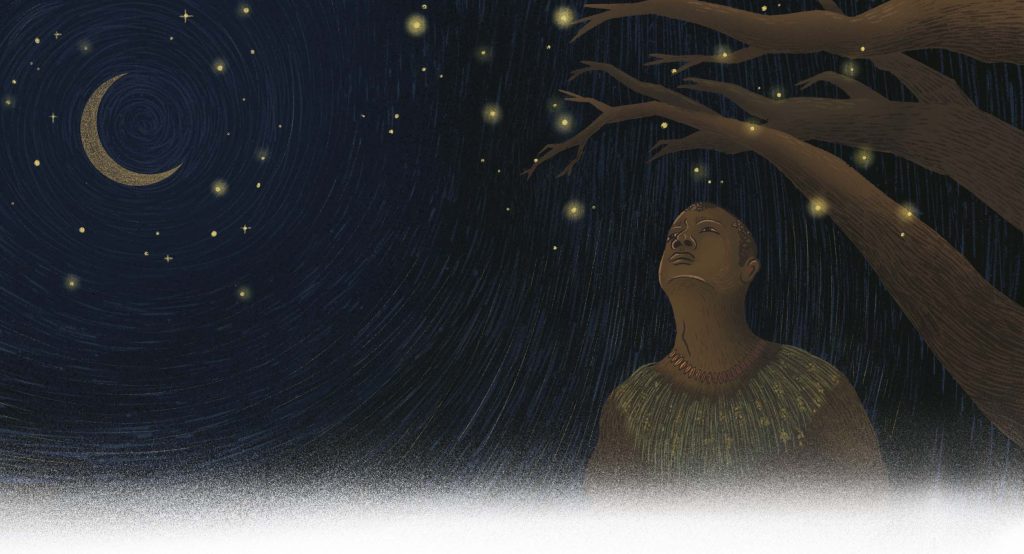







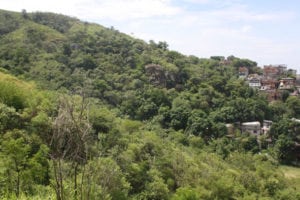








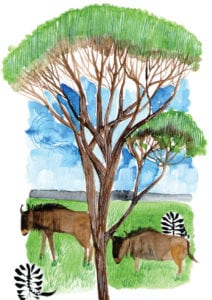
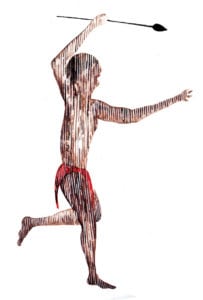
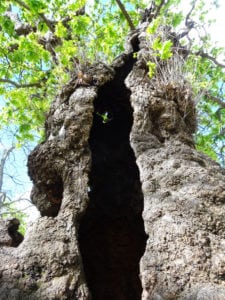
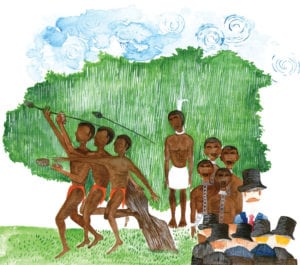
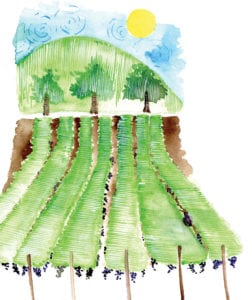





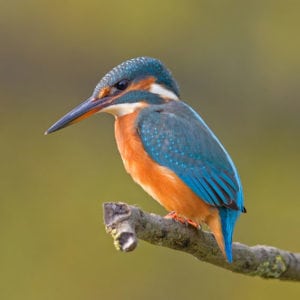
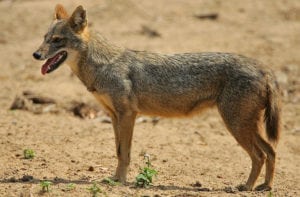

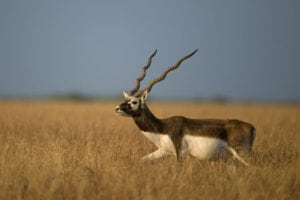


 This special issue includes articles on a number of aspects of urban biodiversity and ecosystem services, from locations across the world. We cover heritage trees in urban South Africa, green and blue issues in the rapidly growing city of Bangalore, biodiversity indicators as tools for biodiversity assessments, the growing importance of urban social-ecological themes and policies in Colombia, a retrospective piece on the city of Chennai from three decades in the past, the potential of NGOs to supplement inadequate official policies, and finally, conclude with a portrait of India as it stands at the beginning of what is perhaps its most dramatic transition phase yet.
This special issue includes articles on a number of aspects of urban biodiversity and ecosystem services, from locations across the world. We cover heritage trees in urban South Africa, green and blue issues in the rapidly growing city of Bangalore, biodiversity indicators as tools for biodiversity assessments, the growing importance of urban social-ecological themes and policies in Colombia, a retrospective piece on the city of Chennai from three decades in the past, the potential of NGOs to supplement inadequate official policies, and finally, conclude with a portrait of India as it stands at the beginning of what is perhaps its most dramatic transition phase yet.


